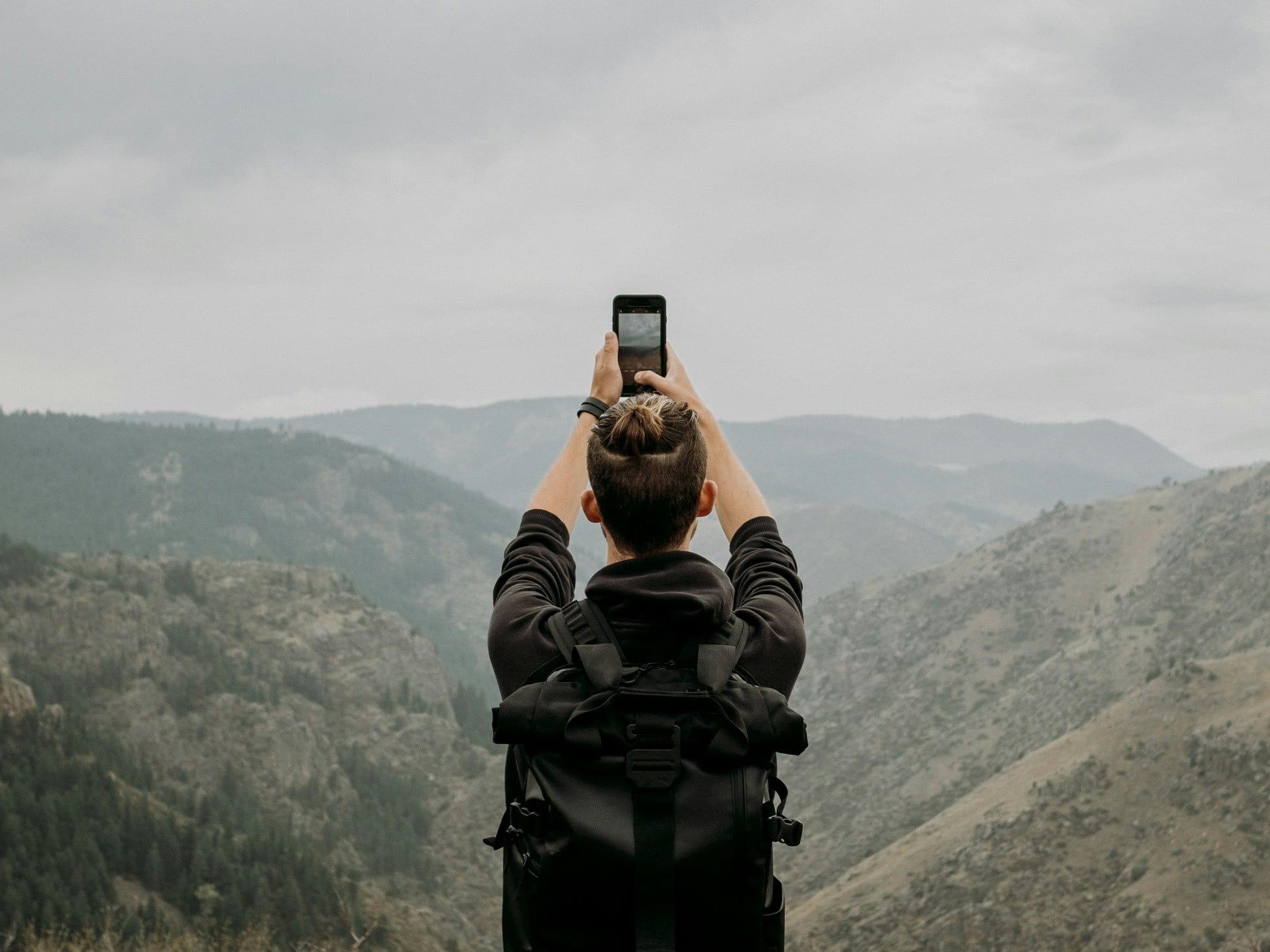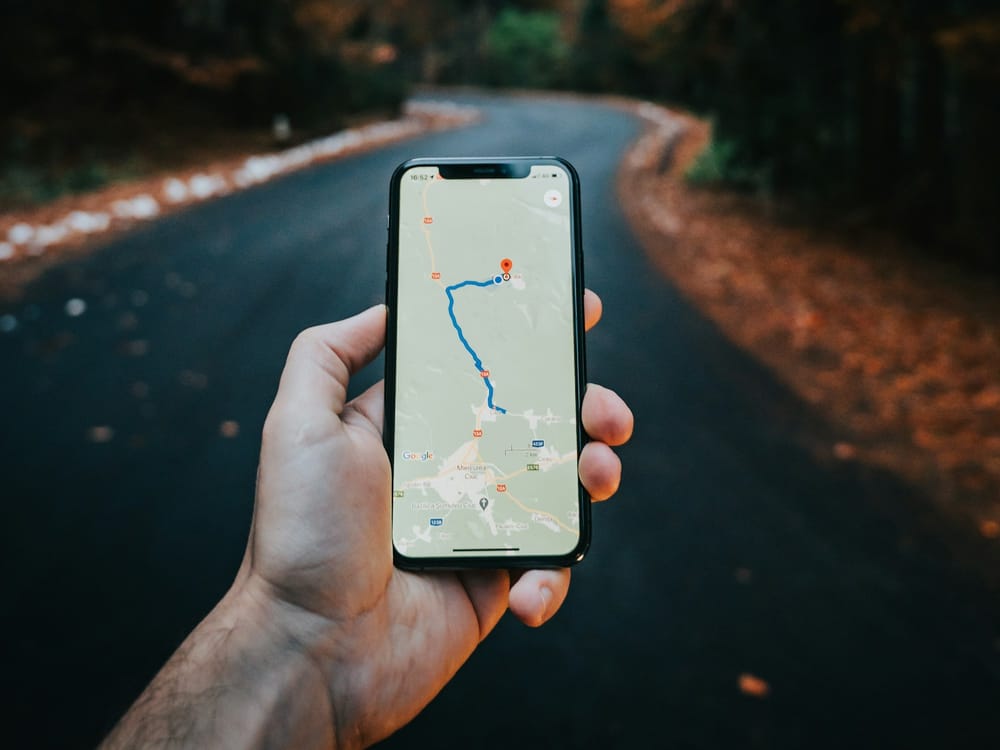Apple has introduced satellite connectivity features for iPhone 14, iPhone 14 Pro, iPhone 15, and iPhone 15 Pro models. These features are designed to provide communication capabilities when you're in areas without cellular or Wi-Fi coverage, which is particularly useful for overlanding and off-grid activities.
Key Capabilities:
The iPhone uses a specialized antenna to connect to satellites in low Earth orbit. When you need to use the satellite feature, your iPhone will guide you to point it towards a satellite for the best connection. The system then compresses your message to a size that can be quickly transmitted via satellite
- Emergency SOS via Satellite: Emergency SOS via satellite is a critical safety feature for remote areas without cellular or Wi-Fi coverage. When activated, the system guides users through a questionnaire to assess their situation. The iPhone then assists in establishing a satellite connection, transmitting compressed messages to specialized relay centers. These centers, staffed by trained specialists, contact appropriate emergency services on behalf of the user. This feature provides a vital communication link for users in distress in remote locations.
- Roadside Assistance Requests: The satellite feature extends to non-emergency situations, allowing users to request roadside assistance in areas without cellular coverage. In the United States, this service is provided in partnership with AAA. Users can access this feature through the Emergency SOS interface, enabling them to seek help for vehicle-related issues such as towing, fuel delivery, or tire changes. This functionality is particularly valuable for overlanding trips where vehicle problems may occur in isolated areas.
- Location Sharing: Location sharing via satellite is integrated into the Find My app. When outside cellular and Wi-Fi range, users can share their location periodically through satellite connectivity. This feature enables friends and family to track the user's progress in remote areas, enhancing safety and providing reassurance. It's important to note that frequent use of this feature may impact battery life.
- Non-Emergency Messaging: Non-emergency satellite messaging allows users to send text messages in areas without cellular coverage, even in non-urgent situations. This feature enables overlanders to communicate with contacts, update plans, or share experiences without needing to find cellular service. While not as rapid as traditional cellular messaging, it provides a means of staying connected in remote locations. For many users, this capability may reduce or eliminate the need for separate satellite communication devices.
These satellite features collectively enhance the iPhone's utility for overlanding and off-grid activities, providing communication options in areas previously unreachable by traditional cellular networks.
Limitations and Considerations:
While the iPhone's satellite features offer significant advantages for overlanding and off-grid activities, it's crucial to understand their limitations and considerations. These features, while innovative, are subject to various constraints that can affect their performance and reliability in remote environments.
Users should be aware of these factors to make informed decisions about how to incorporate these capabilities into their adventure planning and safety strategies. The following points outline key limitations and considerations to keep in mind when relying on iPhone satellite features for off-grid communication and emergency assistance.
- Environmental Factors: The effectiveness of satellite connectivity is subject to environmental conditions. Dense foliage, steep terrain, and buildings can obstruct the line of sight to satellites, potentially degrading or preventing signal transmission. Optimal performance requires a clear view of the sky. Weather conditions such as heavy cloud cover or severe storms may also impact signal quality and reliability.
- Battery Life Impact: Satellite communication features consume more power than standard cellular operations. Frequent use of these features, especially in areas with weak satellite signals, can significantly reduce the iPhone's battery life. Users in remote areas should consider bringing portable chargers or power banks to ensure continued functionality of these critical features during extended trips.
- Limited Bandwidth and Speed: Satellite communication on iPhones offers lower bandwidth compared to cellular or Wi-Fi networks. This results in slower transmission speeds and limits the types of data that can be sent. Text messages and basic location data are prioritized, while sending photos or other large files is not supported. Users should expect longer wait times for message transmission and receipt compared to standard cellular communications.
- Geographical Availability: The satellite features are not universally available in all countries or regions. Coverage may be limited or non-existent in certain parts of the world due to regulatory restrictions or lack of necessary infrastructure. Users planning international trips should verify the availability of these features in their destination countries.
Not a Replacement for Comprehensive Safety Planning
While the satellite features provide an additional layer of safety, they should not be relied upon as the sole means of emergency communication or navigation. These features complement, rather than replace, traditional safety measures such as detailed trip planning, carrying physical maps, and informing others of travel plans.
How Much Does it Cost?
While Apple has introduced these features with an initial period of free access, the long-term pricing model remains a topic of interest and some uncertainty.
Current Pricing
- Free Period: The Emergency SOS via satellite service is currently free for two years from the time of activation for iPhone 14 and iPhone 15 models. This includes both the emergency services and roadside assistance features.
- Extension: Apple has recently extended this free period. As of now, any iPhone 15 users who recently purchased one of the new devices will have two years from the time of activation to use the Emergency SOS service without a charge.
Future Pricing
- Uncertainty: Apple has not yet announced what the cost will be after the free period ends. This has led to speculation and uncertainty about future pricing.
- Potential Subscription Model: When Apple first announced the Emergency SOS via Satellite service with the iPhone 14 line-up, they implied that it would require a paid subscription after the initial free period. However, this has not been confirmed for certain.
The introduction of satellite features in recent iPhone models marks a significant advancement in mobile technology for outdoor enthusiasts and adventurers. These capabilities offer enhanced safety, communication, and peace of mind for those venturing into remote areas. While they provide valuable tools for overlanding and off-grid activities, it's important to approach them with a clear understanding of both their potential and limitations.
As with any technology, iPhone satellite features should be integrated into a comprehensive safety and communication strategy, rather than relied upon as a sole solution.
Ultimately, the iPhone's satellite features represent an exciting step forward in making remote adventures more accessible and secure. As this technology continues to evolve, it promises to further bridge the gap between our connected world and the call of the wild, for better or worse.





